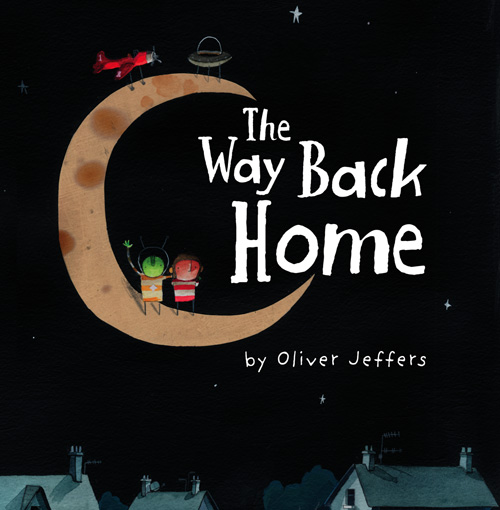Teaching young learners is always a challenge, both in the pure academic as well as management level. It can also be very creative and rewarding when you get it right. My second grade class gets a happy heart every time we have a proper lesson, in which they follow the classroom rules and we get all our work done. In order to reward them I brought letter games and activities in the classroom, which we played in groups. You don't necessarily have to have expensive games and activities to keep your students happy. You can use materials that we all have home such as stickers, cardboard or cereal boxes, or even play dough. If you are a parent, we not try these at home on a sunny Sunday morning.
- Self Portraits
The first activity we did was to form our name out of play dough. Then we drew pictures of ourselves. This is a great activity for enhancing fine motor and spelling skills.
- Dot to Dot
The children wrote their name using round stickers. Sometimes that can be difficult but it is surely enjoyable.
- Lacing Cards
Earlier in the year I had made some lacing cards for teaching letter shapes. We used them for alphabetical order practice.
- Letter Tiles
Finally we played Letter Tiles, which is nothing more than a box full of cardboard letter tiles I made ages ago. You can make them for next to nothing. It might be time consuming to make, but believe me they last and the children like the game so much. All you need to make these is a cardboard box, markers and a cutting knife. I also used clear plastic film to cover the tiles for durability since I use them in the classroom and want them to last as much as possible. However, if you use them with your child you might want to skip this. Later on I will try to include a tutorial on these.








































